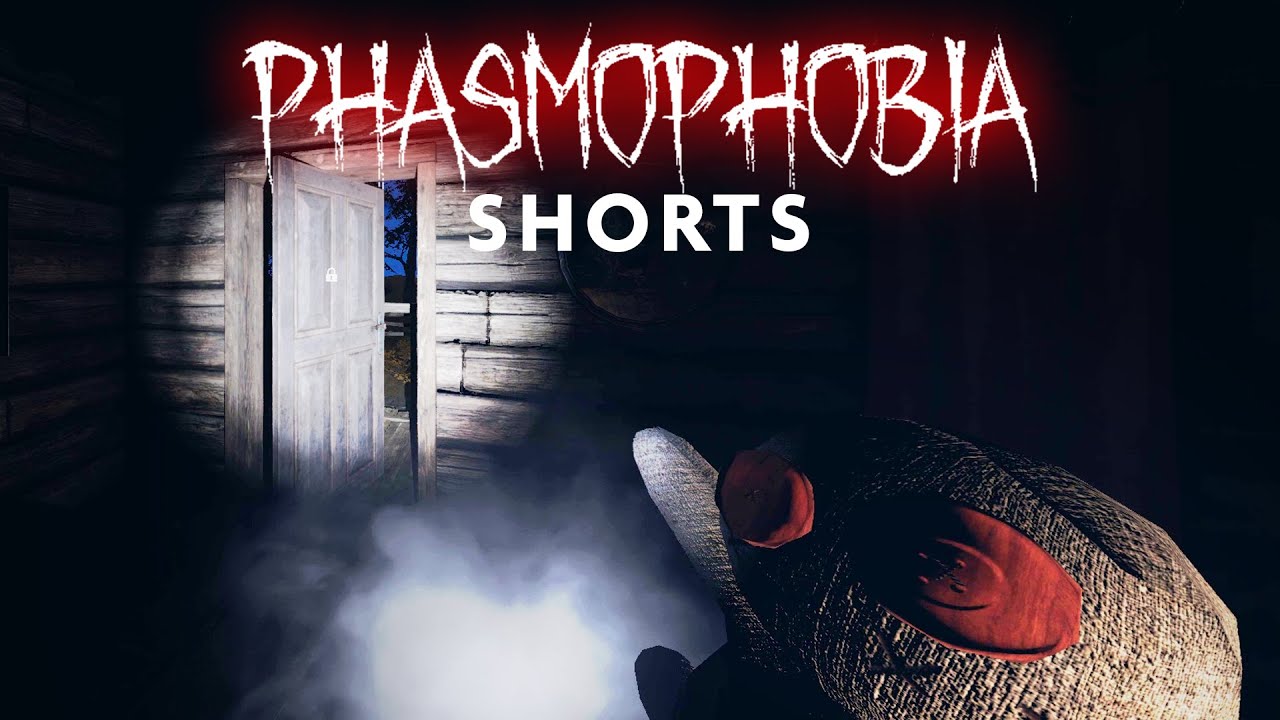
Therapists and psychologists use exposure therapy for people who have a phobia to slowly encourage them to enter situations that cause them anxiety and to try to stay in that situation so that they can learn to cope. Because of this, they aren’t able to learn that they can manage their fear when presented with their specific phobia or that their feared outcomes often do not happen. People with phobias usually avoid situations that involve the thing they are afraid of. It’s not very common, but sometimes people need medications that temporarily relieve symptoms of fear and anxiety in order to cope with fear while they are participating in therapy.Įxposure therapy is a common form of psychological treatment used to treat specific phobias. Megalophobia can usually be treated with psychological treatment (psychotherapy) such as exposure therapy and/or cognitive behavioral therapy. Instead, your healthcare provider will ask you questions about your history, symptoms and experiences related to your fear of large objects to assess whether or not you have megalophobia. There’s no definitive test to diagnose megalophobia. The phobia interferes with day-to-day activities: The fear the individual experiences has to limit their everyday life in some way in order for it to be diagnosed as a phobia.Some go to extreme lengths to avoid the thing they are afraid of. Avoidance: Many people who have a phobia will actively avoid the feared object or situation.Anticipatory anxiety: An individual who has a phobia tends to dwell on or dread future situations or experiences that will involve the object or situation they are afraid of.Intense and unreasonable fear: The fear of the object or situation is persistent and out of proportion to an appropriate level of fear.In general, phobias have at least four criteria for diagnosis, including:


Your provider will also rule out any other physical or mental health conditions that could be causing your symptoms.
Phasmophobia meaning manual#
Your healthcare provider will likely use the criteria in the Diagnostic and Statistical Manual of Mental Disorders ( DSM-5), a publication by the American Psychiatric Association, to diagnose megalophobia. Usually, you have to have had experienced persistent fear and anxiety of large objects for at least six months in order to be diagnosed with megalophobia.
Phasmophobia meaning series#
Megalophobia is diagnosed through a thorough series of questions about the person’s history, experiences and symptoms. Approximately 7 to 10% of the population has a phobia. Specific phobias, in general, are a common mental health condition. Researchers don’t yet know the exact number of people who have megalophobia, which is likely because many people with specific phobias like megalophobia don’t seek treatment for their phobia. Females are more likely to develop specific phobias. Specific phobias, like megalophobia, are more likely to develop in children and become apparent in adolescents and young adults. Like other phobias, megalophobia can affect anyone at any age. If you’re experiencing intense fear, it’s important to see your healthcare provider so you can get a proper diagnosis and treatment. As an example, if you have an intense fear of the ocean (which is a large “object”) specifically, you may have thalassophobia, the fear of the ocean, and not megalophobia. There are other phobias that are characterized by a fear of something that happens to be large, but its size isn’t the main aspect of the fear. People who have megalophobia generally fear more than one kind of large object. Since there are many kinds of phobias, they can be a little challenging to diagnose.

What kind of large objects are people with megalophobia afraid of? They often avoid situations or places that have large objects. A person with megalophobia experiences intense fear and anxiety when they think of or are around large objects such as large buildings, statues, animals and vehicles. Megalophobia is a type of anxiety disorder in which a person experiences intense fear of large objects.


 0 kommentar(er)
0 kommentar(er)
